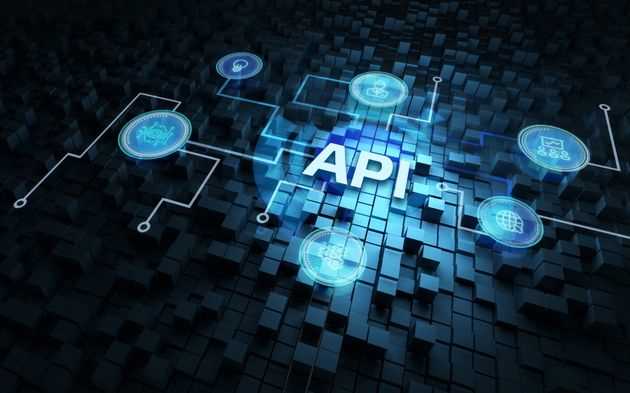By 2028, it is estimated that the market will represent 22 billion dollars: APIs indeed make it possible to monetize company data, the black gold of the 21st century.
What are the best practices in this regard? This is a major issue because moving from a free API to a paid API can sometimes scare users away.
We must therefore think carefully about its transition to monetization. The GoogleMaps API certainly experienced it in 2018, becoming payable for developers, but not all players have the same popularity or the same capacity for resilience. Here are a few tips.
API monetization: bet on originality
Even if a company has the best API management platform, you can’t afford to have a strategic vision and a sharp marketing plan to get a solid model.
The question of income generation is not the only one to keep in mind, it is above all about determining how to design a powerful and relevant API. This first step is essential because the API serves the notoriety of a company and its influence. With this in mind, the organization obtains a real competitive advantage by placing itself as the first to offer an API on a given topic.
Once the project is stopped, we must determine the target we want to address, analyze and understand the preferences of these people. Indeed, depending on the profile of users, we will not sell in the same way. Are the users public or private? What financial amount are they prepared to invest? It is only after all these steps have been taken that the monetization strategy can be deployed.
Think carefully about the compensation model
When it comes to API monetization, there is no one-size-fits-all model. It is therefore a question of identifying the advantages and disadvantages of each approach according to its characteristics.
The free model
Access can be offered free of charge and therefore be greatly appreciated. However, if this option is chosen, it should be kept in mind that if the organization ultimately wants to switch to a paid mode, this will inevitably cause a leak of users.
The subscription model
A distinction is made between fixed subscription and subscription proportional to traffic.
The fixed subscription is rather recommended with the prepayment and it can be interesting to block the use in the event of overrun.
An unblocked subscription makes it possible to follow the use which is made of the tool, with a payment which intervenes a posteriori. In this specific case, it is fashionable to warn the user of the risk of additional costs, in order to eliminate any unpleasant surprises.
In both cases, the subscription gives the possibility of offering premium or gold offers by offering additional micro-services to the user, in order to nurture the relationship with the latter, build loyalty and encourage him to switch. to the subscription.
The non-financial model
This model is particularly useful for estimating the best distribution of costs and re-invoicing internally. It uses API monetization not to “bill” in the truest sense of the word, but to collect information about API consumption by different business departments. This makes it possible to achieve the best breakdown of costs according to the use made of them by the business units.
Reflect on the quality of the experience
API monetization must also address the ease of use of the tool. Because an ergonomic API is a recommended API and therefore a tool that sells. It is necessary to think carefully about the name, the mode of operation, its use, even the playful aspect of its use if this is the desired effect.
The practicality of the API is also measured by the API management platform. Like a social network, the latter makes it possible to easily manage communications relating to the use of the API, to host discussions between the various users, but also to facilitate the management of monetization aspects. The platform simplifies interventions as soon as an organization wishes to modify the use it wants to make of its APIs.
Safety, a necessary step: reassurance in order to sell better
Monetization involves private data and there are therefore mechanically risks. The slightest security breach exposes the company to financial risks but also to reputational risks. Therefore preventive actions – via double authentication to access the API for example – and corrective actions – via an advance action plan in the event of a crisis – are required. It is recommended to include security testing when designing and exposing the API to speed up reaction speed.
If these steps are not followed, word of mouth will work the other way around and the doubt instilled in security will only limit the income a business can earn from monetizing its APIs.
